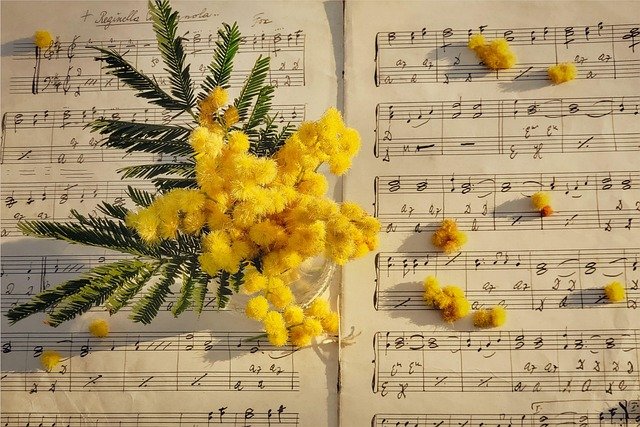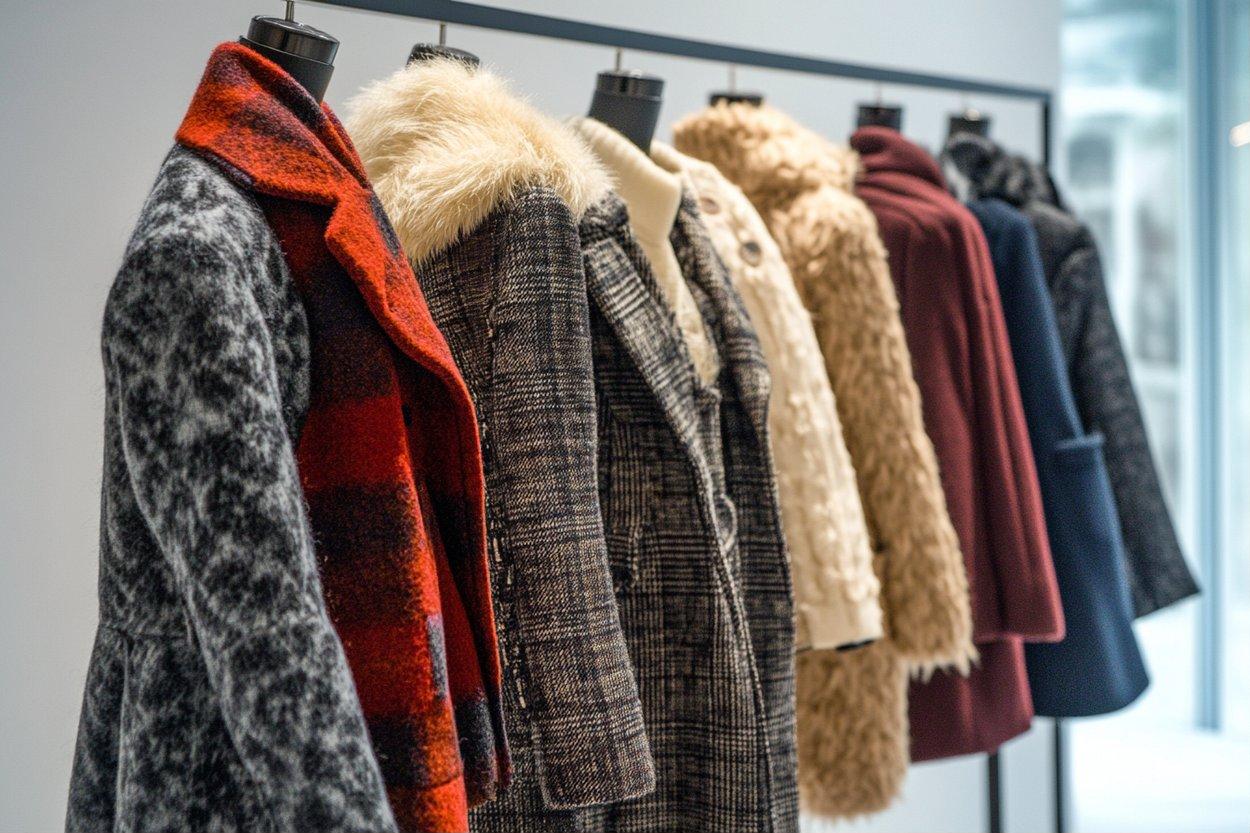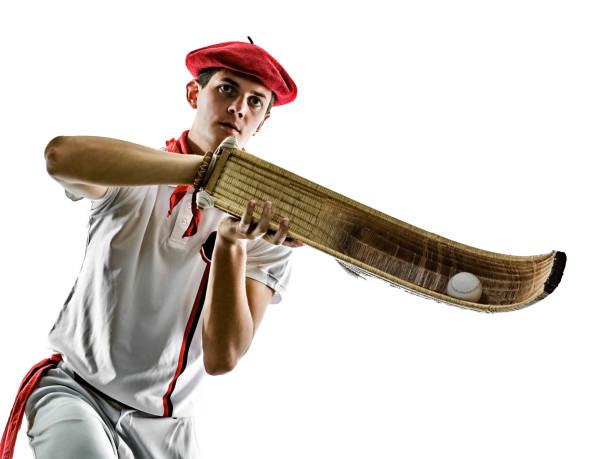Botanical Taxidermy: A Striking New Trend in Home Decor
Imagine walking into a living room where vibrant butterflies seem to flutter across the walls, their delicate wings frozen in time. Or picture a dining area adorned with exotic flowers, perfectly preserved in their most beautiful state. This isn't a scene from a natural history museum - it's the latest trend taking the interior design world by storm: botanical taxidermy.

The Art and Science of Botanical Taxidermy
Botanical taxidermy is a meticulous process that involves preserving plants, flowers, and sometimes insects in their natural form. Unlike traditional taxidermy, which focuses on animals, this technique celebrates the intricate beauty of botanical specimens. The preservation methods vary, ranging from pressing and drying to more complex chemical treatments that maintain the vibrant colors and delicate structures of the specimens.
The roots of botanical taxidermy can be traced back to the Victorian era when naturalists and botanists sought ways to study and catalog plant species. However, modern techniques have elevated this practice from purely scientific endeavors to an art form that’s captivating interior designers and homeowners alike.
Creating Living Art: Techniques and Applications
The beauty of botanical taxidermy lies in its versatility. From single specimen displays to elaborate wall installations, the possibilities are endless. One popular technique involves creating shadowbox frames that showcase pressed flowers or leaves, arranged in artistic compositions. These pieces serve as both wall art and conversation starters, bringing a touch of nature’s elegance to any room.
For those seeking more dramatic statements, larger installations featuring preserved branches, flowers, or even entire plants can transform spaces into living works of art. These pieces often incorporate lighting elements to enhance their visual impact, creating a mesmerizing interplay of light and shadow.
The Appeal of Permanence in a Changing World
In an era of fast-paced living and digital overload, botanical taxidermy offers a way to pause and appreciate nature’s fleeting beauty. Unlike cut flowers that wilt within days, these preserved specimens maintain their allure indefinitely, allowing homeowners to enjoy their favorite blooms year-round.
This permanence also speaks to a growing desire for sustainable decor options. By preserving natural elements, botanical taxidermy reduces the need for constantly replacing fresh-cut flowers, aligning with eco-conscious design principles without sacrificing aesthetic appeal.
Incorporating Botanical Taxidermy into Your Home
The key to successfully integrating botanical taxidermy into your decor lies in balance and thoughtful placement. A single, striking piece can serve as a focal point in a minimalist space, while a collection of smaller specimens can create an eclectic gallery wall.
Consider the existing color palette and style of your room when selecting or commissioning pieces. For modern interiors, opt for clean lines and monochromatic displays. In more traditional spaces, ornate frames and colorful arrangements can add a touch of whimsy and elegance.
The Future of Floral Decor: Trends and Innovations
As botanical taxidermy gains popularity, we’re seeing exciting innovations in the field. Some artists are experimenting with bioluminescent specimens, creating ethereal displays that glow in the dark. Others are combining preserved elements with living plants, blurring the lines between art and horticulture.
Technology is also playing a role in the evolution of this trend. Augmented reality apps are allowing homeowners to virtually try different botanical taxidermy pieces in their spaces before making a purchase, making it easier to find the perfect fit for any room.
Ethical Considerations and Sustainability
As with any trend involving natural elements, it’s crucial to consider the ethical implications of botanical taxidermy. Reputable artists and suppliers source their specimens responsibly, often cultivating their own plants or working with sustainable growers. Some are even exploring ways to use invasive species in their art, turning environmental challenges into beautiful solutions.
Moreover, the longevity of these pieces contributes to their sustainability. Unlike disposable decor items, well-preserved botanical taxidermy can last for decades, reducing waste and the need for frequent replacements.
DIY Botanical Taxidermy: A Growing Hobby
For those with a creative streak, botanical taxidermy offers an exciting new hobby. From simple pressed flower art to more complex preservation techniques, there’s a wide range of DIY projects for enthusiasts to explore. This hands-on approach not only allows for personalized decor but also fosters a deeper appreciation for nature’s intricate designs.
Workshops and online tutorials are becoming increasingly popular, teaching techniques like resin casting, which allows hobbyists to create stunning paperweights or jewelry featuring preserved flowers.
The Psychological Benefits of Bringing Nature Indoors
Beyond its aesthetic appeal, botanical taxidermy taps into the well-documented psychological benefits of connecting with nature. Studies have shown that exposure to natural elements can reduce stress, improve mood, and enhance cognitive function. By bringing preserved pieces of nature into our living spaces, we create environments that nurture our well-being on multiple levels.
This trend also offers a solution for those who love plants but lack the time or ability to care for living specimens. It provides a way to enjoy nature’s beauty without the maintenance requirements of traditional houseplants.
Conclusion: A Timeless Trend with Modern Appeal
Botanical taxidermy represents a fascinating intersection of art, science, and interior design. As we continue to seek ways to bring nature into our homes and create spaces that reflect our personalities, this trend offers a unique and enduring solution. Whether you’re drawn to the delicate beauty of a single preserved flower or the dramatic impact of a large-scale installation, botanical taxidermy provides endless possibilities for transforming your living space into a natural haven. As this art form evolves, it promises to remain a captivating and relevant aspect of home decor, blending timeless beauty with contemporary style.





